When you compare today’s MLS to what it looked like in its inaugural 1996 season, the league is almost tactically unrecognizable. Even ten years ago, virtually every team sported nearly identical 4-2-3-1 formations. Don’t get me wrong: there is still a heavy dose of 4-2-3-1s in the league. But with more talent and an influx of new coaches and ideas, MLS’s tactical landscape is more diverse today than it ever has been.
With that tactical diversity in mind, I have a two-part series for you where I’ll briefly break down every MLS team’s tactical system. This week, it’s all about the Eastern Conference and next week we’ll focus on the West.
Let’s get to it.
ATLANTA UNITED
Coach: Gonzalo Pineda
Off the Seattle Sounders’ coaching tree, Gonzalo Pineda has sported a 4-2-3-1 in nearly every game this season and has seemingly phased out Gabriel Heinze’s back three. Atlanta United are at their best when they can attack on the counter. When they regain possession, they look to quickly play the ball ahead to their attacking four. If there is no direct scoring opportunity, the Five Stripes depend on their fullbacks to create width, though that can be problematic because Brook Lennon and nearly all of their other fullbacks are currently injured.
Per Atlanta: “Lennon suffered the injury during pre-match warmups when he slipped on a hard rubber surface that surrounds both touchlines at BMO Field.”
— Tom Bogert (@tombogert) June 27, 2022
This team is cursed. https://t.co/pERUfwpz70
CHARLOTTE FC
Interim Coach: Christian Lattanzio
When Charlotte FC jettisoned Miguel Angel Ramirez out of the airlock, Christian Lattanzio, a Patrick Viera protege during his time at NYCFC, received the interim tag. The transition between Ramirez and Lattanzio doesn’t seem all that drastic. They both have championed the 4-3-3 formation, want to keep possession, and try to play out of the back. One interesting wrinkle that Lattanzio is adding to Charlotte is the use of an inside fullback. Instead of providing width in possession, at times the fullbacks come into central midfield to create an overload, which you can see in the 2D image down below from Charlotte’s win against the New York Red Bulls in June.

That movement then allows the central midfielders to push up the field and into the halfspaces.
CHICAGO FIRE
Coach: Ezra Hendrickson
Hendrickson is the second manager in the East from the Sounders’ coaching tree. Not surprisingly, Chicago have played a straightforward 4-2-3-1 in practically every game this season. When defending, the Fire play an equally straightforward 4-4-2 mid-block. They don’t press too high and they don’t drop back too low. There’s nothing all that exciting about the Fire’s approach, but there’s nothing wrong with it either.
The real question Chicago needs to answer this summer is whether Chris Mueller, Kacper Przybylko, and Jario Torres are the dynamic attackers who can get the best out of superstar Xherdan Shaqiri.
FC CINCINNATI
Coach: Pat Noonan
FC Cincinnati finally have a cohesive tactical identity. That’s the big difference between Cincinnati under Pat Noonan vs. Cincinnati under his predecessors (Alan Koch, Ron Jans, and Jaap Stam). Ernest Tanner brought the Red Bull gegenpress philosophy to Philadelphia and Noonan has carried the same ethos with him from Philly to Cincinnati. You can see some of that presing emphasis on this goal from the weekend.
That's teamwork right there! @LuchoAcosta94 with the setup for @09brenner who brings it home. pic.twitter.com/rzwAfm3EFZ
— FC Cincinnati (@fccincinnati) July 4, 2022
Instead of using the 4-4-2 diamond, Noonan has mostly used a 3-4-1-2, which has brought a little more stability in the back and a tendency to play the ball out wide to the wingbacks at a higher rate than what we see from Philadelphia.
COLUMBUS CREW
Coach: Caleb Porter
Let’s be honest: Caleb Porter doesn’t usually surprise with his tactics. He has played a 4-2-3-1 in possession that transitions to a 4-4-2 block for the vast majority of his MLS managerial career. The one interesting wrinkle that Porter likes to toss in there is a slight imbalance in the attack where one winger is tasked with providing width and one winger is tasked with occupying the halfspace. That purpose imbalance creates space for a fullback to attack up that sideline.
One other wrinkle we’ve been seeing in Columbus recently: a back three. A lack of production from the Crew’s wingers is making a 3-5-2 look more and more like the right shape.
DC UNITED
Interim Coach: Chad Ashton
This is Chad Ashton second go-round as interim manager for DC United. When he took over for Ben Olsen at the end of 2020, he continued Olsen’s unrefined Bennyball tactics. Now taking over for Hernan Losada, Ashton pledged in April to keep the Argentine’s high-pressure tactics. D.C. has played largely a mix of three-at-the-back formations this year, alternating between the 3-4-3 and 3-5-2 depending on personnel. The back three allows D.C.’s wingbacks to push up – and they’re probably the most effective in possession when the ball moves out wide to Julian Gressel on the right.
.@JulianGressel serves it up and @OlaKamara scores again! 🧑🍳
— D.C. United (@dcunited) April 17, 2022
2 - 0 | #DCvATX pic.twitter.com/9bmbW2mih3
However, playing with aggressive wingbacks also creates some challenges for D.C. defensively when teams counter by playing in behind those wide defenders.
INTER MIAMI CF
Coach: Phil Neville
While sporting director Chris Henderson deserves a ton of credit for how rapidly the club started to rebuild in the wake of the Way Too Many DPs-Gate punishments, some of the tactical issues that popped up in Phil Neville’s first MLS season are still around this year. Neville plays a direct counter attacking 4-2-3-1 which has resulted in 45.9% possession. Of course, a low possession percentage is not a tactical deal breaker: the Philadelphia Union, as an example, have the lowest possession percentage in the league and are currently second in the Eastern Conference.
Miami’s issue is that they’re in the bottom third in MLS in pressures. If you’re not trying to keep the ball or trying to get the ball from the opposing team, what are your actual tactical ideas?
CF MONTREAL
Coach: Wilfried Nancy
When Wilfried Nancy replaced Theirry Henry at the beginning of 2021, Nancy kept his fellow Frenchman’s 3-4-3, but transitioned Montreal into more of a possession-based team. With defensive midfielder Victor Wanyama providing stability in front of the backline, Montreal excels when they can find attackers Romell Quioto and Djordje Mihailovic in space (Quioto in behind and Mihailovic in pockets on the left wing or the left side of central midfield). However, with the uncertainty of Mihailovic’s current ankle injury, Nancy has had to make some slight tweaks.
NEW ENGLAND REVOLUTION
Coach: Bruce Arena
Bruce Arena’s Revolution has been a tactical work in progress in 2022. Last season, Arena, one of the rare managers in MLS who prefers two strikers, primarily went with a 4-4-2 diamond formation with DPs Adam Buksa and Gustavo Bou playing in front of No. 10 Carles Gil. This year, we’ve seen a lot more 4-2-3-1 from the Revs. However, with New England recently signing another DP striker in Giacomo Vrioni, it seems like the 4-4-2 diamond is going to be back on the table.
NEWS: @giacomovrioni32 joins the #NERevs from @juventusfc and becomes club's newest Designated Player. pic.twitter.com/deCX3oE860
— New England Revolution (@NERevolution) July 5, 2022
Regardless of formation, Arena likes his team to use the wings. Overlapping fullbacks play a huge part in his system with the idea that those wide runs help create space in the middle for New Englands’ elite DP attackers.
NEW YORK RED BULLS
Coach: Gerhard Struber
We all know that the Red Bulls love the gegenpress. It’s the biggest part of their identity as a global organization and the New York branch is no different. While managers have come and gone in recent years, the gegenpress remains an organizational focal point. While counter pressing like crazy, Gerhard Struber has shifted more towards a back three that sets up either as a 3-5-2 or a 3-4-3. Regardless of shape, the New York Red Bulls get a ton of players around the ball and try to funnel opponents into positions where their press can generate turnovers. Then in possession, the Red Bulls play vertical passes with their wingbacks providing width.
NEW YORK CITY FC
Interim Coach: Nick Cushing
While their neighbors across the Hudson River try to dominate the game with their press, NYCFC tries to dominate with possession. With MLS Cup-winning manager Ronny Deila leaving in June for Standard Liege, the interim tag fell to assistant Nick Cushing, who previously managed the Manchester City Women. Playing out of a 4-2-3-1, NYCFC try to attack directly when regaining possession.
The ball from @talles_magno2, the finish from @tatycaste11anos 😮💨 #VamosNYC pic.twitter.com/L5RK6Q9vTZ
— New York City Football Club (@NYCFC) July 3, 2022
If no attack appears, the Pigeons are very comfortable with just keeping the ball, playing out of the back, and using overlapping fullbacks to stretch the defense while overwhelming the box with multiple runners. When NYCFC lose possession, they try to win the ball back as quickly as possible. The system’s lynchpin is a high defensive line that compresses an already small Yankee Stadium field. This high-risk, high-reward system also means that NYCFC constantly spend on the individual efforts from centerbacks Thiago Martins, Alexander Callens, and Maxime Chanot to make plays.
ORLANDO CITY
Coach: Oscar Pareja
Oscar Pareja is another manager who leans heavily into a 4-2-3-1. Pareja tends to have his wingers play in the halfspaces, which allows the fullbacks (especially Ruan on the right side) to release up the field and provide width. Orlando City are willing to be aggressive and open the game up on their home field. On the road, though, they often sit deeper and rely on a lower defensive block to make life difficult for their opponents before getting out on the counter.
PHILADELPHIA UNION
Coach: Jim Curtin
Coming from Red Bull Salzburg, sporting director Ernst Tanner has brought his own version of the Red Bull press for manager Jim Curtin to implement. Tanner’s version of the high-pressure system involves a 4-4-2 diamond and a very high line. With nearly every player except the fullbacks positioned in the middle of the field, the Union couple their relentless press with numbers in the middle to clog that space. While the fullbacks aggressively get forward and are the primary width-providers, the outside central midfielders in the diamond (Alejandro Bedoya and Leon Flach) often flare out and play almost as true wingers at times.
You can see Bedoya out wide on the right on this goal.
9' UHRE! MIKAEL UHRE!
— PhilaUnion (@PhilaUnion) June 26, 2022
That man is too much for NYC and we're up 1-0!#PHIvNYC 1-0 | #DOOP pic.twitter.com/JtT3pwJIwx
TORONTO FC
Coach: Bob Bradley
One of the big coaching moves this past offseason was Bob Bradley moving north of the borner to Toronto. Last season at LAFC, the elder Bradley used a 4-3-3, 3-4-3, and a 3-5-2 with strong pressing principles. With a much lower overall talent level in Toronto, especially in the midfield, Bradley’s TFC are struggling. Toronto started the year in a 3-4-3 before switching to a 4-2-3-1 and, more recently, a 4-4-2 with Ayo Akinola and Jesus Jimenez starting up top.
Expect even more changes in the near future as new star Lorenzo Insigne will slot into the attack and Alejandro Pozuelo leaves Toronto.


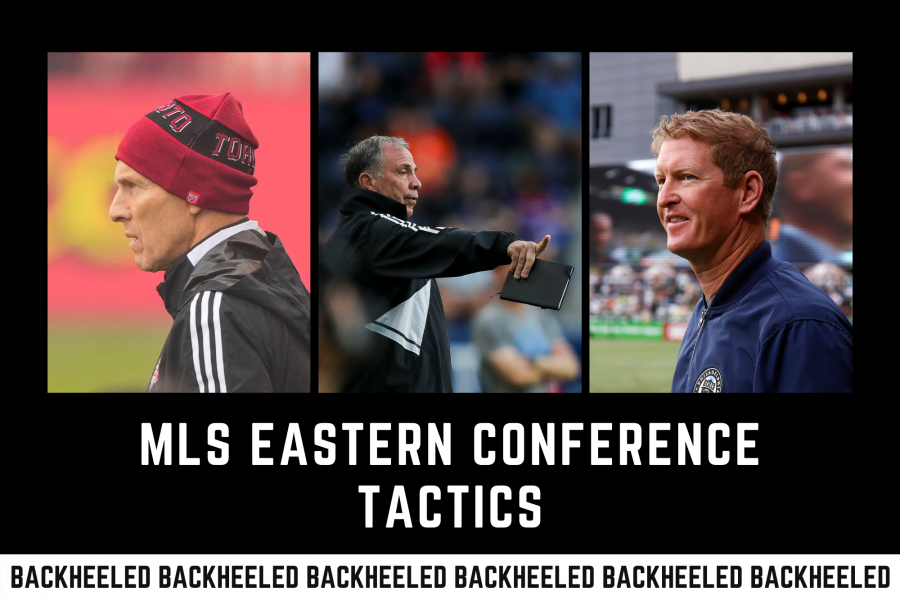
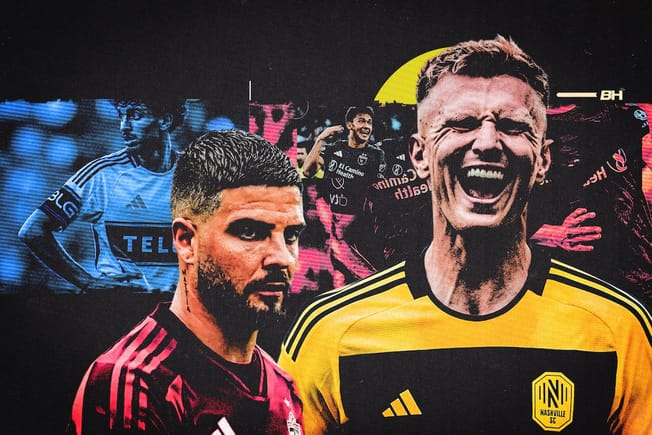
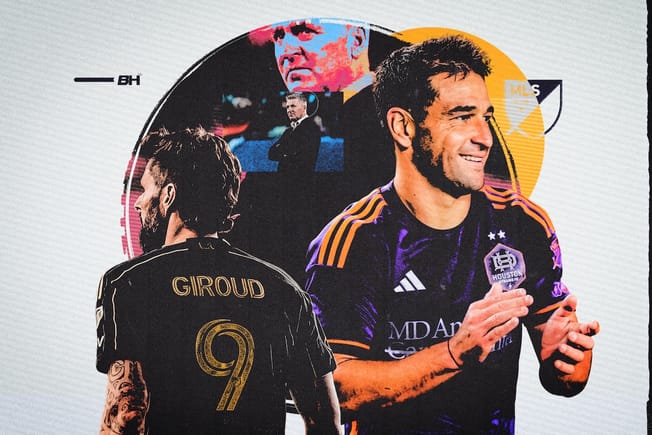
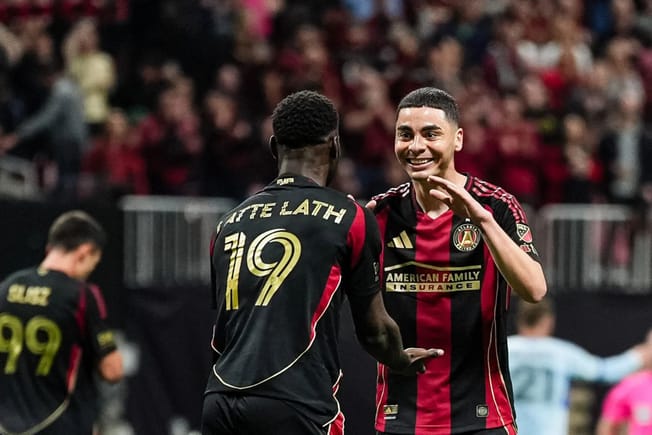
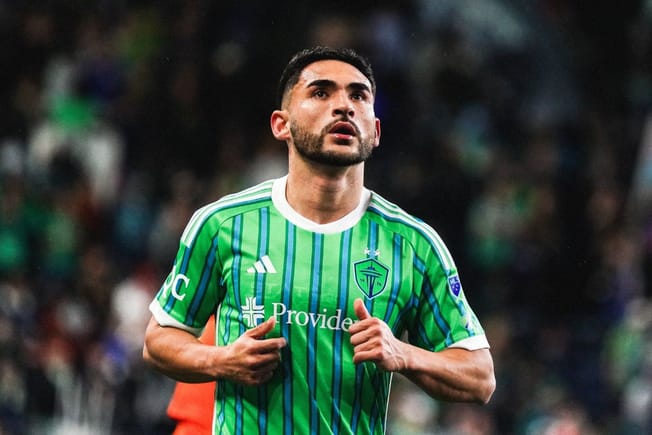
Comments